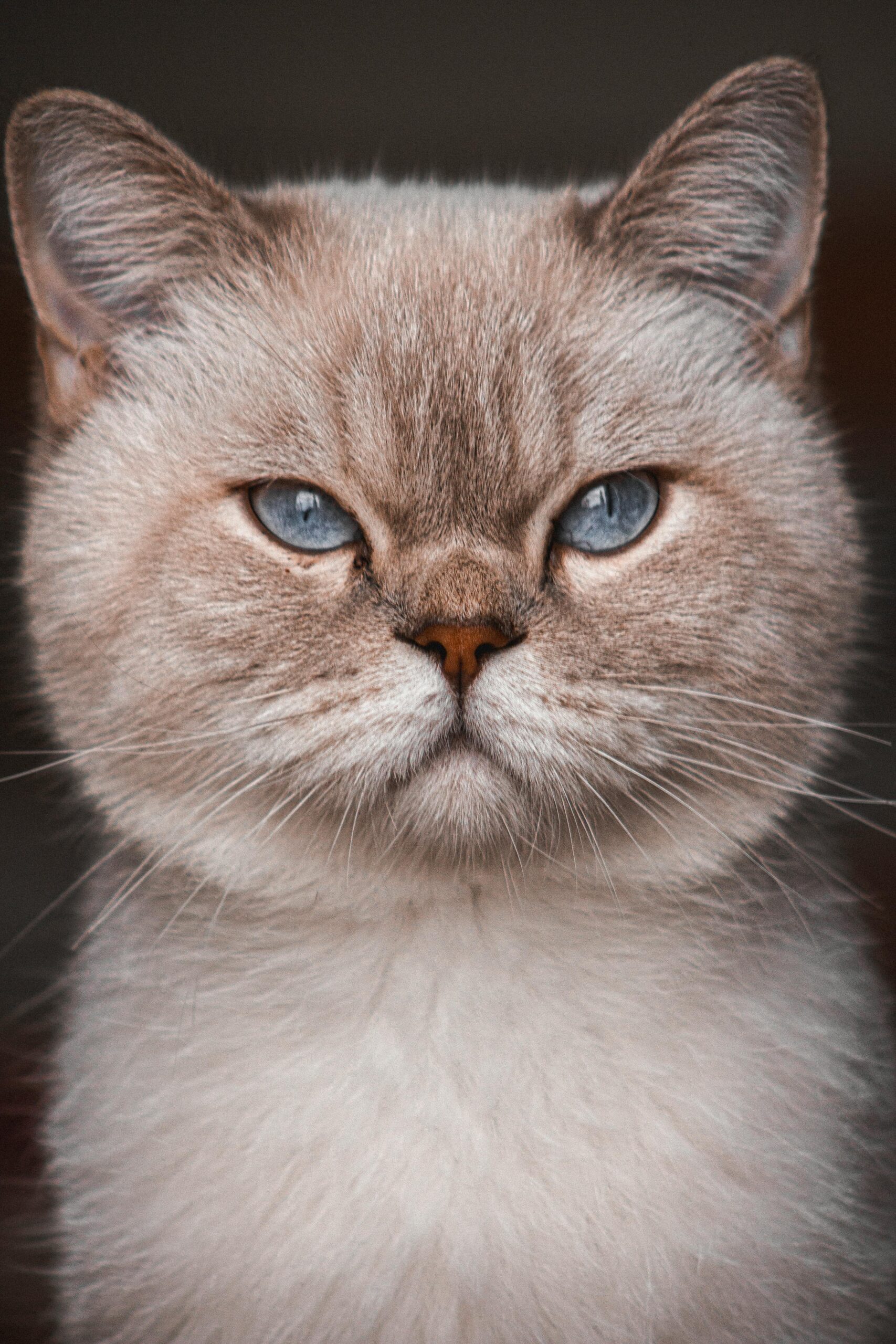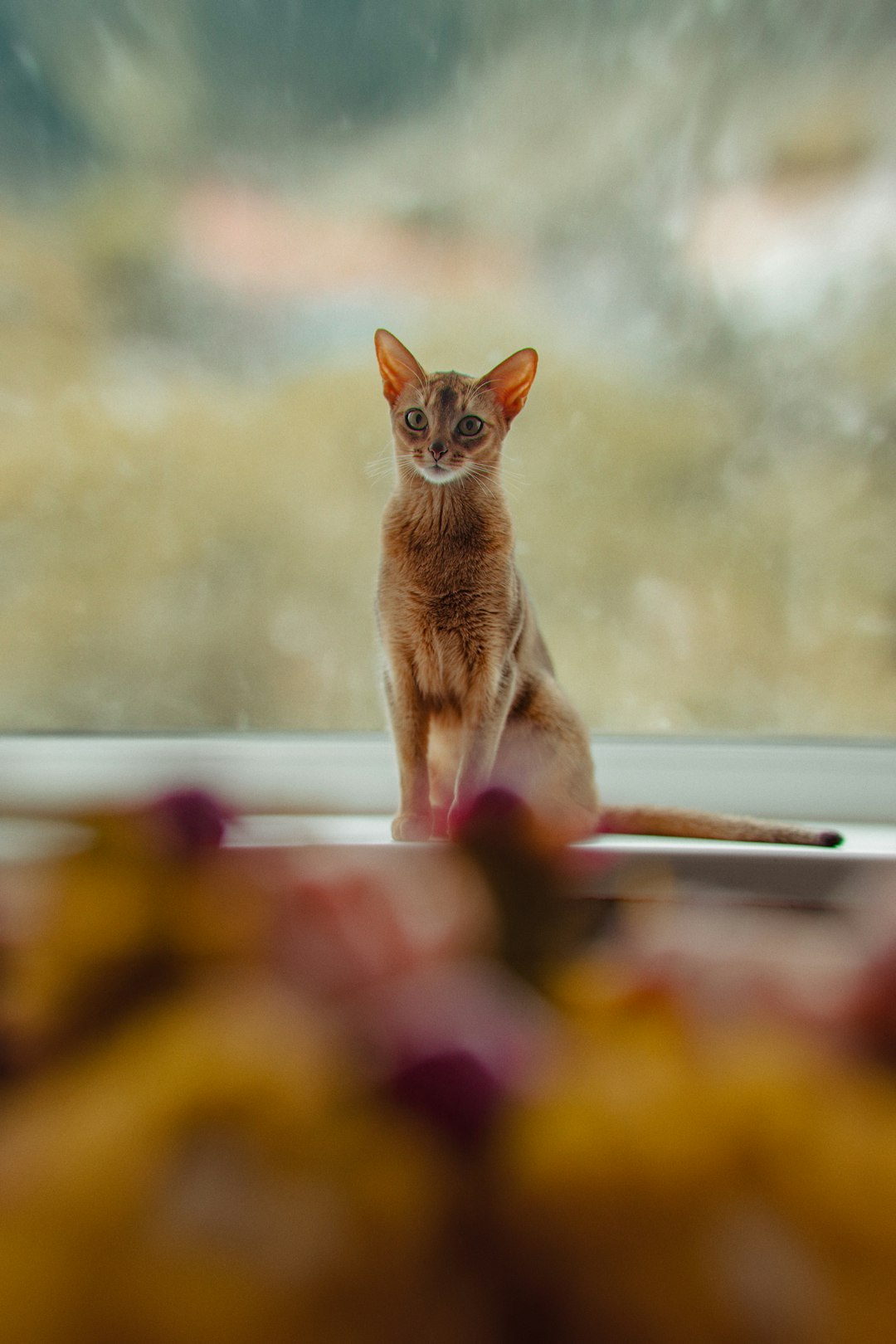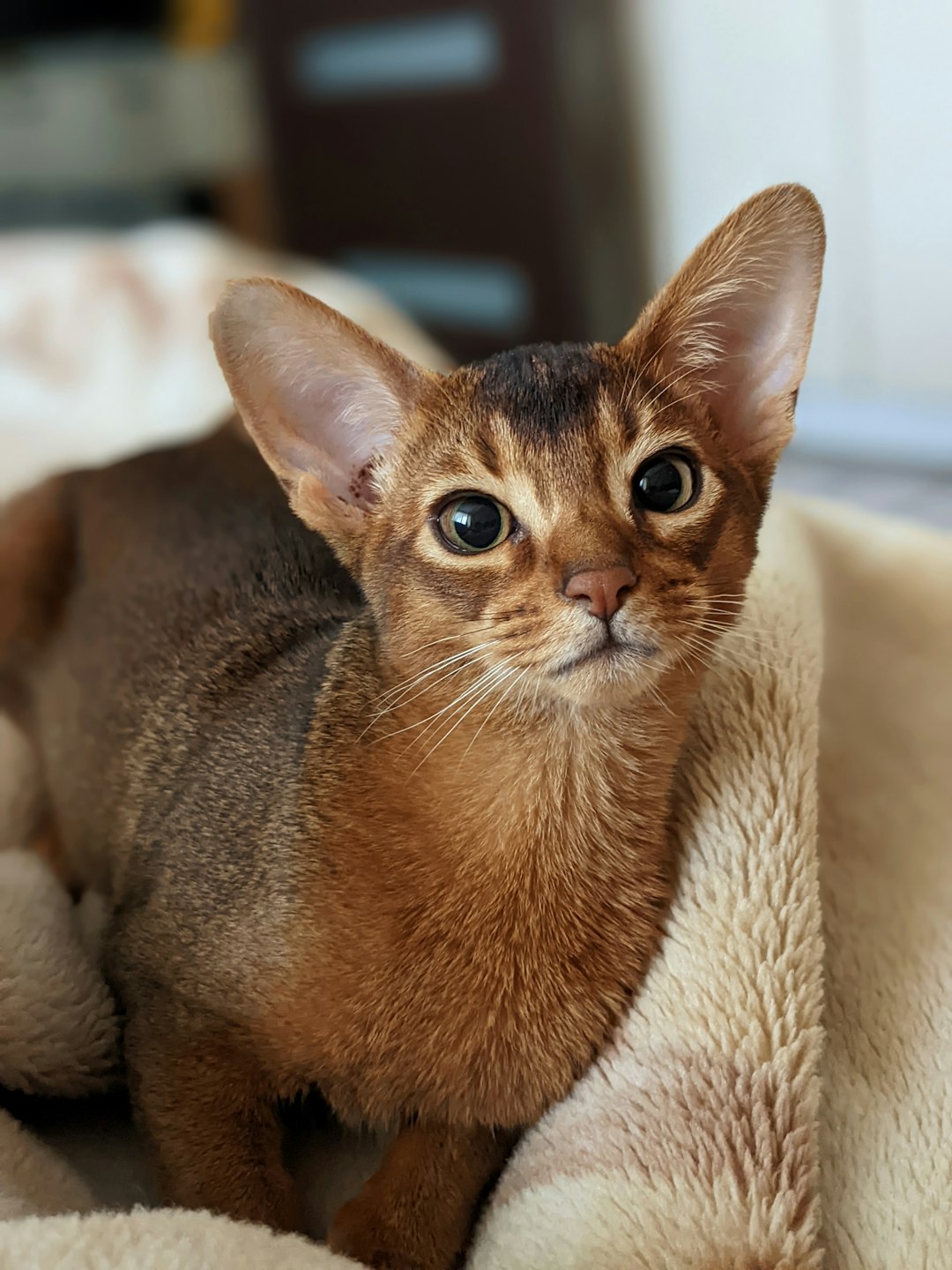The British Longhair Cat stands out with its unique appearance and charming personality. Originating from a lineage that celebrates both beauty and grace, these cats boast a plush, dense coat and captivating eyes. However, caring for a British Longhair Cat goes beyond mere admiration; understanding its specific characteristics, grooming needs, and health considerations is essential for any prospective owner. By delving into their temperament, dietary requirements, and exercise preferences, you will ensure that your feline friend thrives in a loving environment.
Origin of the British Longhair Cat
The British Longhair Cat traces its roots back to the United Kingdom, where it developed primarily through natural selection. Here are some key points about its origin:
Historical Background:
- Developed in the 19th century, the British Longhair’s lineage can be associated with longhaired cats brought to Britain via trade routes.
- As the demand for these elegant cats grew, breeders began to selectively breed them for their distinctive features.
Genetic Makeup:
- The British Longhair Cat shares many traits with the British Shorthair, stemming from similar ancestry.
- The breed’s long, dense coat evolved to adapt to the cooler climates of Britain.
Breed Recognition:
- In the early 2000s, the British Longhair Cat gained official recognition from various cat registries, distinguishing them from their shorthaired counterparts.
Cultural Impact:
- The breed has become popular due to its affectionate nature and luxurious appearance, often making appearances in popular culture and as beloved pets in households.
Understanding the origin of the British Longhair Cat adds depth to its personality and care considerations, making it a cherished addition to any cat-loving family.
Physical Characteristics of British Longhair Cats
The British Longhair Cat is renowned for its striking appearance and robust stature. Here’s a closer look at the key physical characteristics that define this stunning breed:
Coat: The British Longhair boasts a luxurious, dense, and semi-long coat. It comes in various colors and patterns, including solid, tabby, and bi-color.
Body Structure: These cats have a sturdy and muscular build. They typically feature a broad chest and deep body, which gives them a solid appearance.
Head and Face: Their head is round with full cheeks, giving them a distinctive look. The large, round eyes often come in shades of copper or blue, adding to their allure.
Ears: This breed has medium-sized, rounded ears that sit wide apart on the head, contributing to their balanced appearance.
Tail: The tail of a British Longhair cat is bushy and of medium length, completing their elegant look.
In summary, the British Longhair Cat is a breed that captivates with its plush coat, powerful physique, and charming facial features. When considering a British Longhair, be prepared to embrace their impressive presence!
Temperament and Personality Traits
The British Longhair Cat is renowned not just for its captivating appearance but also for its distinctive temperament. Here’s what you can expect from this charming breed:
- Affectionate: British Longhairs thrive on companionship. They often seek out their owners for cuddles and affection, making them ideal lap cats.
- Calm and Composed: This breed tends to have a laid-back disposition. They manage changes in their environment with resilience, avoiding excessive stress.
- Loyal Companions: British Longhairs form strong bonds with their families. Their loyalty makes them trustworthy companions, always eager to be involved in family activities.
- Intellectual and Playful: Although they are generally easygoing, these cats enjoy interactive play and mental stimulation, keeping them engaged and happy.
When comparing their temperament to other breeds, the British Longhair often stands out as more sociable and relaxed:
| Trait | British Longhair Cat | Other Breeds |
|---|---|---|
| Affectionate | High | Moderate |
| Playfulness | Moderate | High |
| Loyalty | Strong | Varies |
| Stress Adaptability | Excellent | Varies |
Understanding these traits ensures you can provide the best environment for your British Longhair Cat to thrive.
Health Considerations for British Longhair Cats
Ensuring the well-being of your British Longhair Cat involves understanding specific health considerations that can impact their quality of life. Here are essential points to keep in mind:
Genetic Predispositions: British Longhair Cats can inherit certain health issues such as:
- Hypertrophic cardiomyopathy (HCM): A heart condition common in many cat breeds.
- Dental problems: Regular dental check-ups are vital due to their prone nature to dental diseases.
Weight Management: They can easily become overweight. Monitor their weight and maintain a balanced diet to prevent:
- Obesity-related health issues
- Joint problems
Regular Veterinary Check-ups: Schedule routine visits to ensure early detection of potential issues. This should include:
- Vaccinations
- Parasite control
- Regular health screenings
Diet and Nutrition: Provide high-quality food suited for their age and activity level. This is crucial for:
- Overall fitness
- Strengthening the immune system
By focusing on these health considerations, you can help ensure a long, happy life for your British Longhair Cat. Regular attention to their unique needs sets the foundation for a healthy companion.
Grooming Requirements and Tips
Caring for your British Longhair cat involves regular grooming to maintain their beautiful coat and overall health. Here are some essential grooming requirements and tips:
Frequency: Aim to groom your British Longhair cat at least 2-3 times a week. This helps prevent matting and reduces shedding.
Tools Needed:
- Wide-toothed comb: Ideal for detangling.
- Slicker brush: Perfect for removing loose hair.
- Nail clippers: Keep claws trimmed to avoid discomfort.
Bathing: While not necessary, an occasional bath can keep their coat fresh. Use a gentle cat shampoo, and ensure it’s well-rinsed out.
Inspect Regularly: Check for:
- Ear infections: Clean ears with a vet-approved solution.
- Dental health: Brush teeth or provide dental treats to prevent plaque buildup.
Professional Grooming: Consider professional grooming sessions every few months, especially if matting becomes an issue.
Following these grooming tips not only enhances your British Longhair cat’s appearance but also strengthens the bond between you and your furry companion. With consistent care, your British Longhair cat will thrive and display their enchanting coat to the fullest!
Dietary Needs and Nutrition
The British Longhair Cat thrives on a balanced diet that supports its playful and regal nature. Proper nutrition is crucial for maintaining their health and energy levels. Here are key dietary considerations to keep in mind:
High-Quality Protein: Include lean meats like chicken, turkey, or fish. The British Longhair Cat requires protein for muscle maintenance and overall vitality.
Healthy Fats: Essential fatty acids, such as Omega-3 and Omega-6, are important for a shiny coat and optimal brain function. Look for sources like fish oil or flaxseed.
Carbohydrates: While cats are obligate carnivores, it’s beneficial to include complex carbohydrates for energy. Brown rice and sweet potatoes are excellent choices.
Vitamins and Minerals: A nutritionally complete cat food will contain all essential vitamins and minerals needed for a healthy immune system.
Recommended Feeding Schedule:
- Kittens: 3-4 meals daily
- Adults: 2 meals daily
- Senior Cats: Adjust feeding based on activity levels
In conclusion, providing a well-rounded diet encourages the British Longhair Cat to thrive, allowing it to live a happy, healthy life.
Exercise and Play Recommendations
Keeping a British Longhair cat healthy requires regular exercise and engaging playtime to stimulate both their body and mind. Here are some effective recommendations:
Daily Playtime: Aim for at least 20 to 30 minutes of interactive play each day. Utilize toys that encourage movement, such as:
- Feather sticks
- Laser pointers
- Catnip balls
Environmental Enrichment:
- Create a stimulating environment with scratching posts and climbing towers.
- Consider puzzle feeders to challenge their intellect while encouraging physical activity.
Social Play:
- If you have multiple pets, include playtime that involves group activities. This promotes socialization and keeps your British Longhair cat entertained.
Outdoor Exploration:
- Supervised outdoor time is beneficial. Use a harness and leash for safe exploration, allowing them to experience the sights and sounds of nature.
Rotate Toys:
- Keep your British Longhair cat interested by rotating their toys. Regularly introducing new or different toys keeps playtime fresh and exciting.
By integrating these exercise and play recommendations, you can ensure that your British Longhair cat remains active, healthy, and happy.
Common Behavioral Issues
When welcoming a British Longhair Cat into your home, it’s essential to understand potential behavioral issues. Like all breeds, they can exhibit certain habits that may be concerning to new owners. Here are some common behavioral challenges:
Aggression: Some British Longhair Cats may display aggression, typically due to fear or territoriality. Ensure they feel secure in their environment to prevent this behavior.
Laziness: While known for their calm demeanor, they might become overly sedentary. Encourage playtime to keep them active and engaged.
Litter Box Problems: Inconsistent litter box habits signal stress or dissatisfaction. Ensure that your British Longhair Cat has a clean, accessible litter box.
Over-attachment: British Longhair Cats tend to bond closely with their owners. This attachment may lead to separation anxiety when left alone for extended periods.
Scratching: Like many felines, they may scratch furniture or carpets. Providing scratching posts and regular nail trims can mitigate this issue.
By monitoring their behavior and providing adequate care, you can address these challenges effectively and enjoy a harmonious relationship with your British Longhair Cat.
Socialization with Other Pets
Socializing your British Longhair Cat with other pets is crucial for fostering harmony within your home. Here are essential tips to ensure a smooth integration:
Early Introduction: Start the socialization process at a young age. Introducing your British Longhair Cat to other animals as a kitten can lead to more positive interactions later in life.
Controlled Environment: Begin the introduction in a neutral space. Allow both your British Longhair Cat and the other pets to explore without feeling territorial.
Positive Reinforcement: Reward good behavior during introductions. Offer treats and praise when your cat interacts calmly with other pets.
Gradual Desensitization: Slowly increase exposure over time. Allow your British Longhair Cat to observe other pets from a distance initially before closer interactions.
Monitoring: Always supervise initial interactions. Watch for signs of stress or aggression from either party, and intervene if necessary.
By following these steps, your British Longhair Cat can develop long-lasting friendships with other pets, promoting a peaceful and joyful household.
Choosing a British Longhair Cat from a Breeder or Shelter
When selecting a British Longhair cat, it’s crucial to consider several factors to ensure you find a healthy and well-adjusted companion. Here’s a practical guide to help you make the best choice:
Considerations for Choosing:
Reputable Breeder or Shelter:
- Look for breeders with good reviews and a focus on health and genetic screening.
- Shelters should provide a transparent history of the cat’s background.
Health Assessments:
- Ensure the British Longhair cat has been vet-checked and vaccinated.
- Inquire about any genetic testing done for common breed health issues.
Temperament Evaluation:
- Spend time with the cat to observe its interaction with people and other pets.
- Look for signs of friendliness and confidence.
Checklist for Consideration:
| Factor | Breeder | Shelter |
|---|---|---|
| Health Testing | Yes, often includes genetic tests | Varies, may have initial health check |
| Price | Higher, due to breeding costs | Usually lower, may have adoption fees |
| History | Provided with lineage and background | Personal story, may vary |
| Socialization | Early socialization programs often exist | Varies, learn about their environment |
Choosing a British Longhair cat can be a rewarding decision if you take the time to find the right source and assess each cat’s health and personality.



